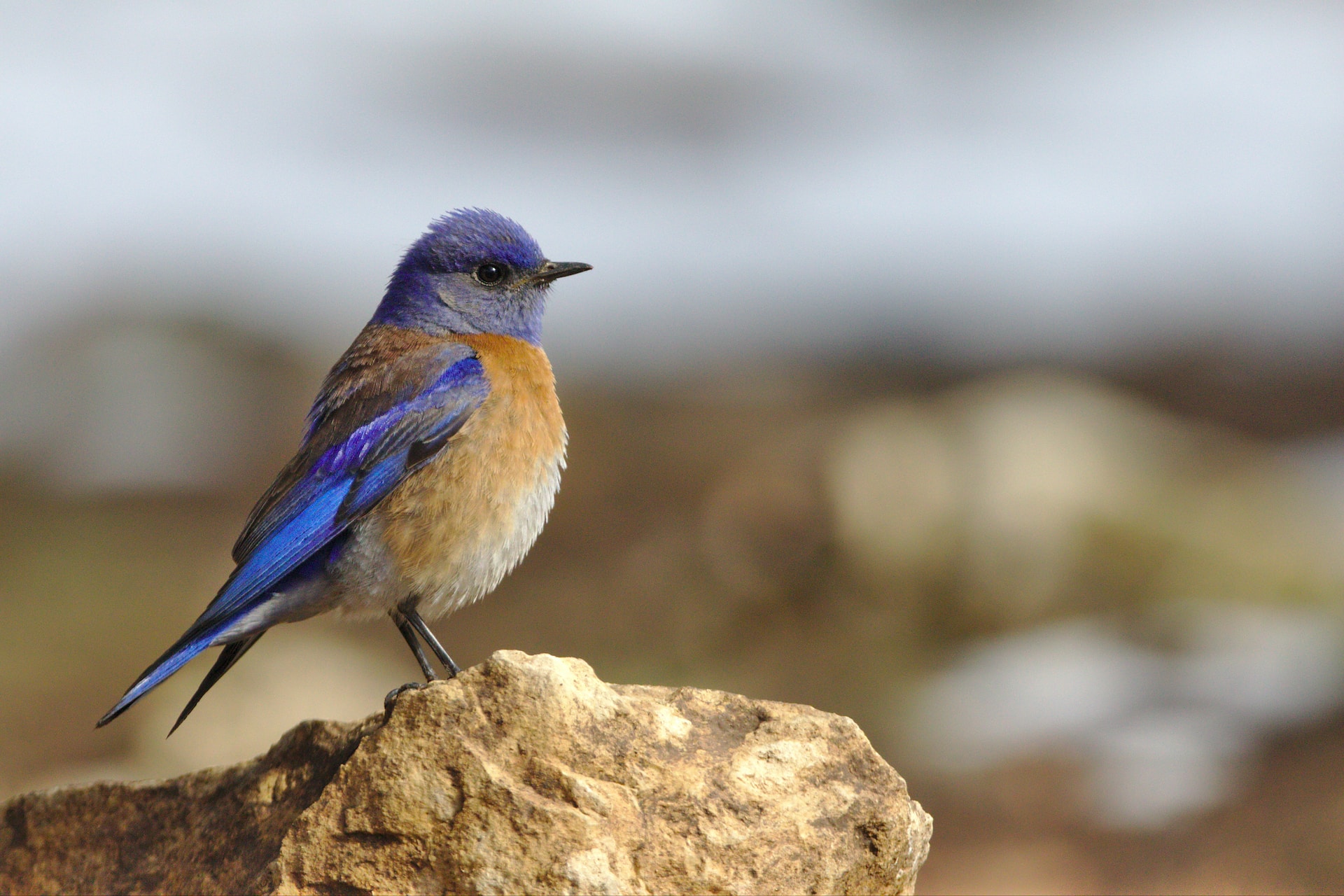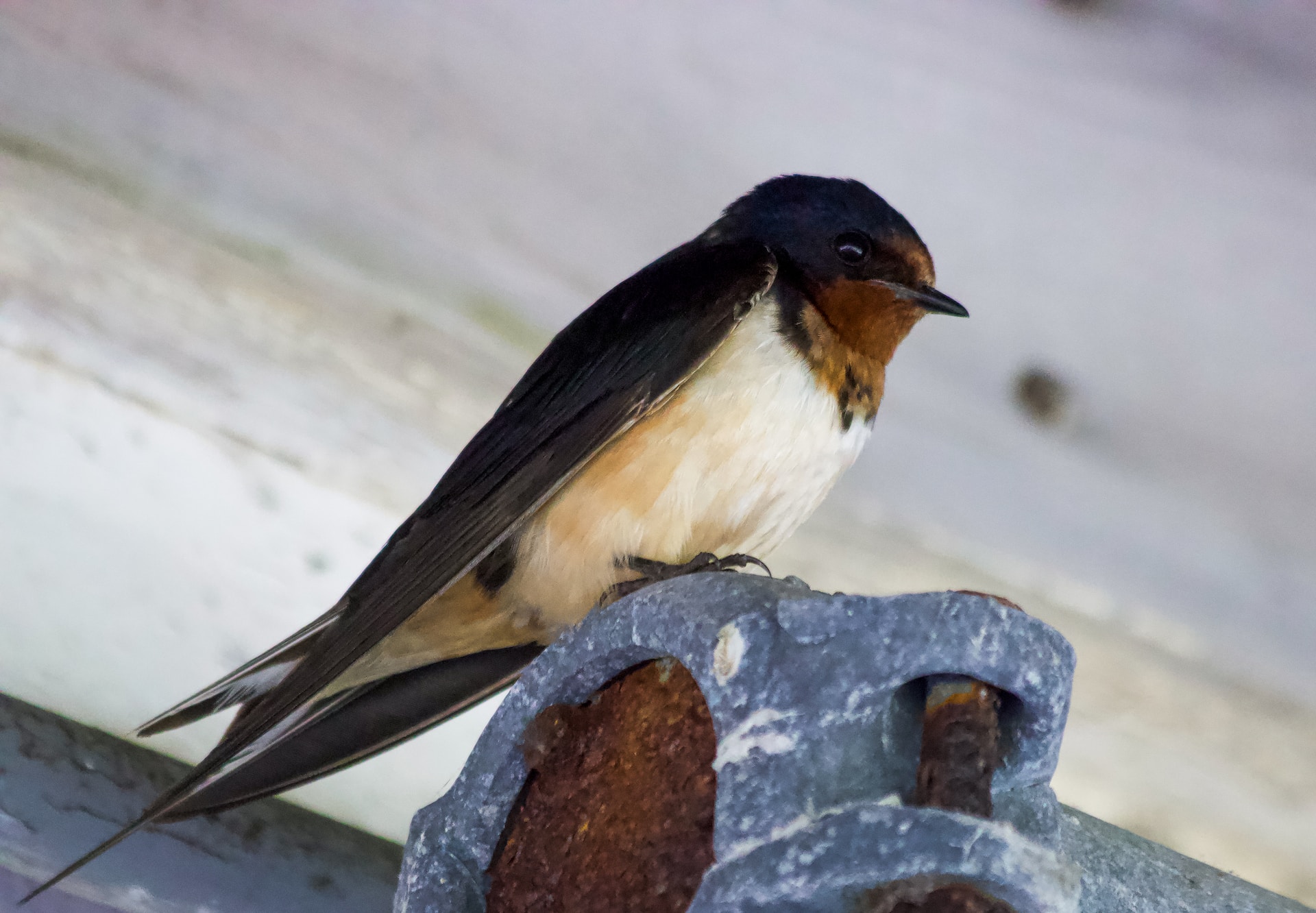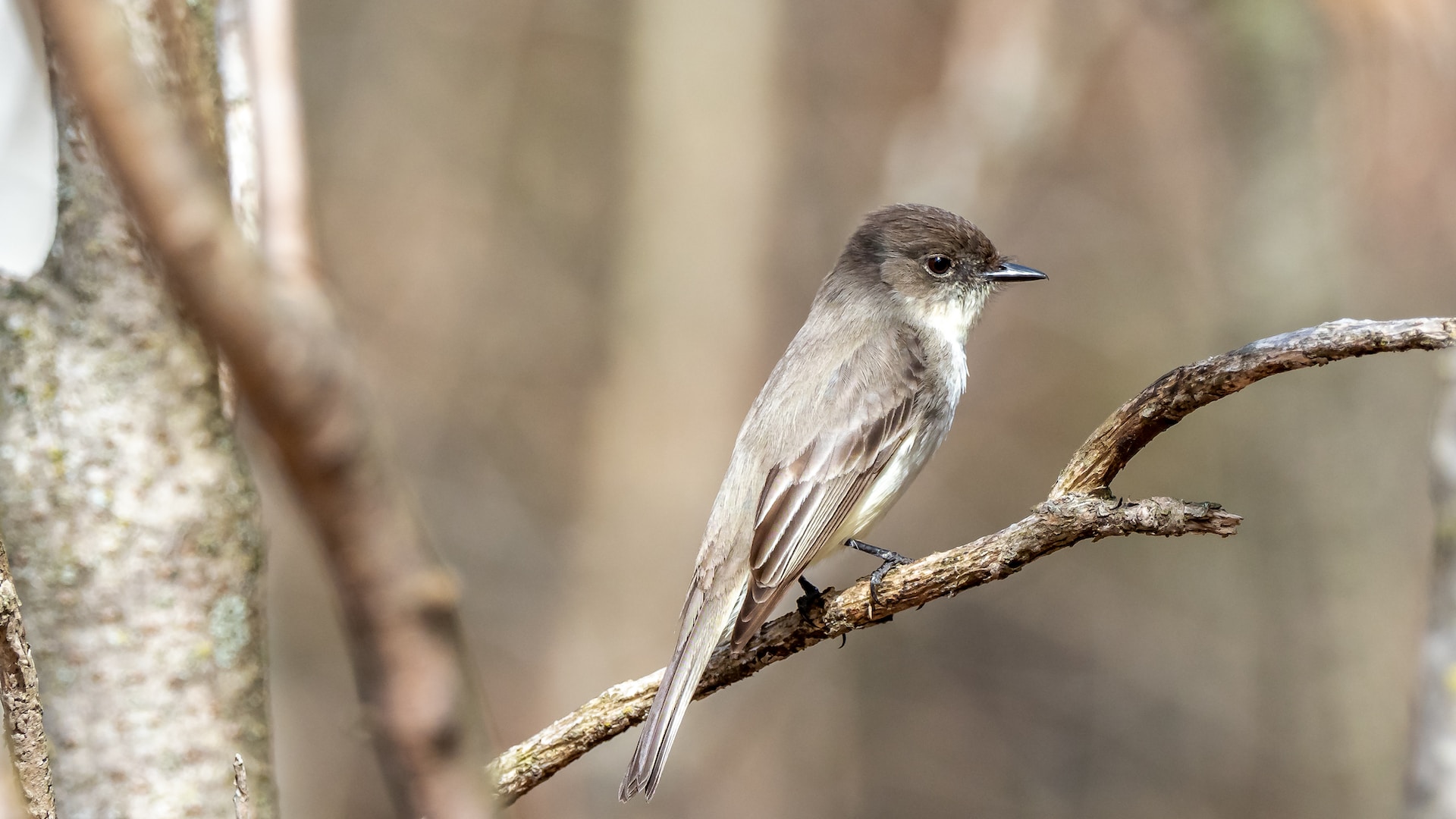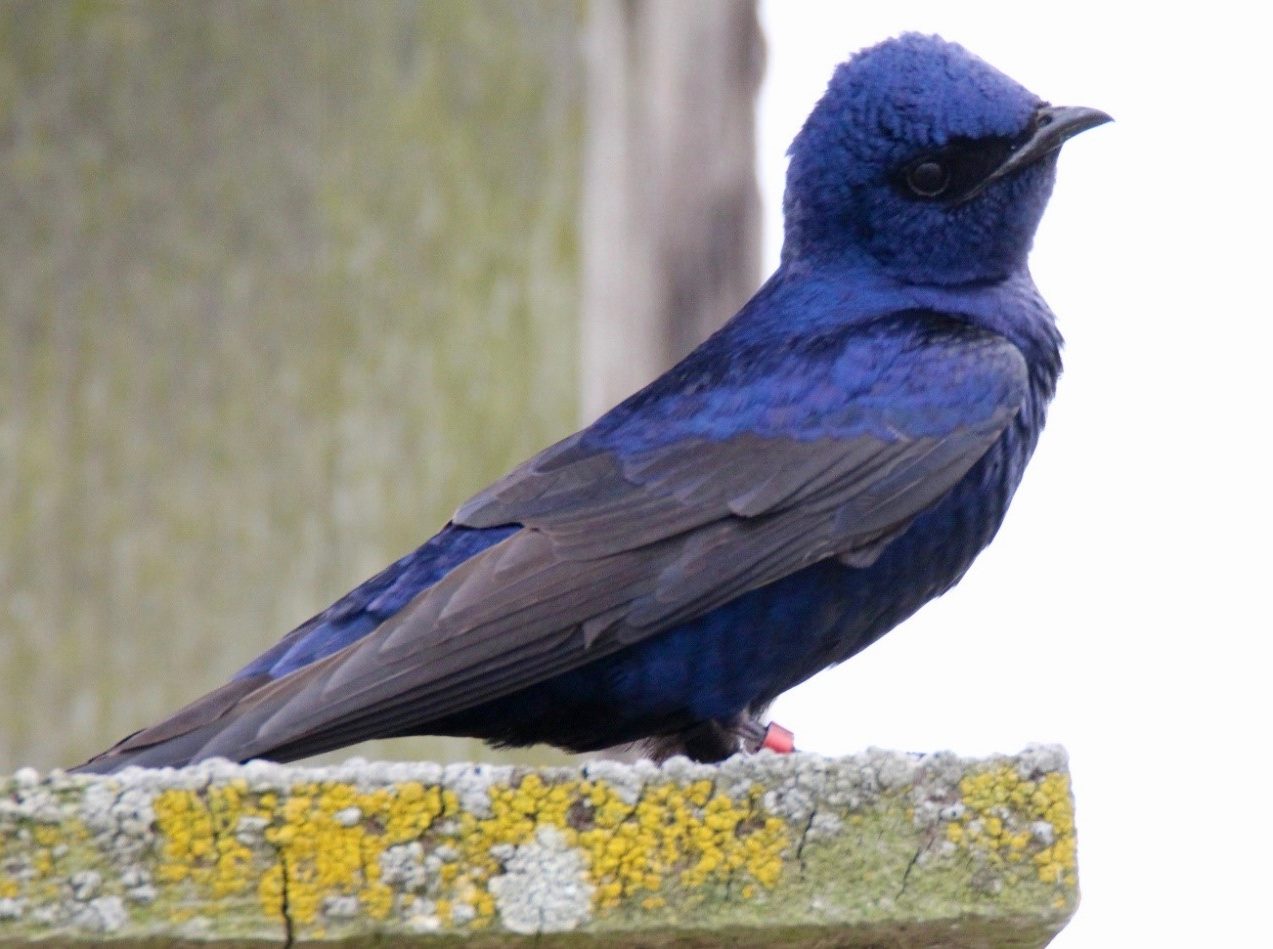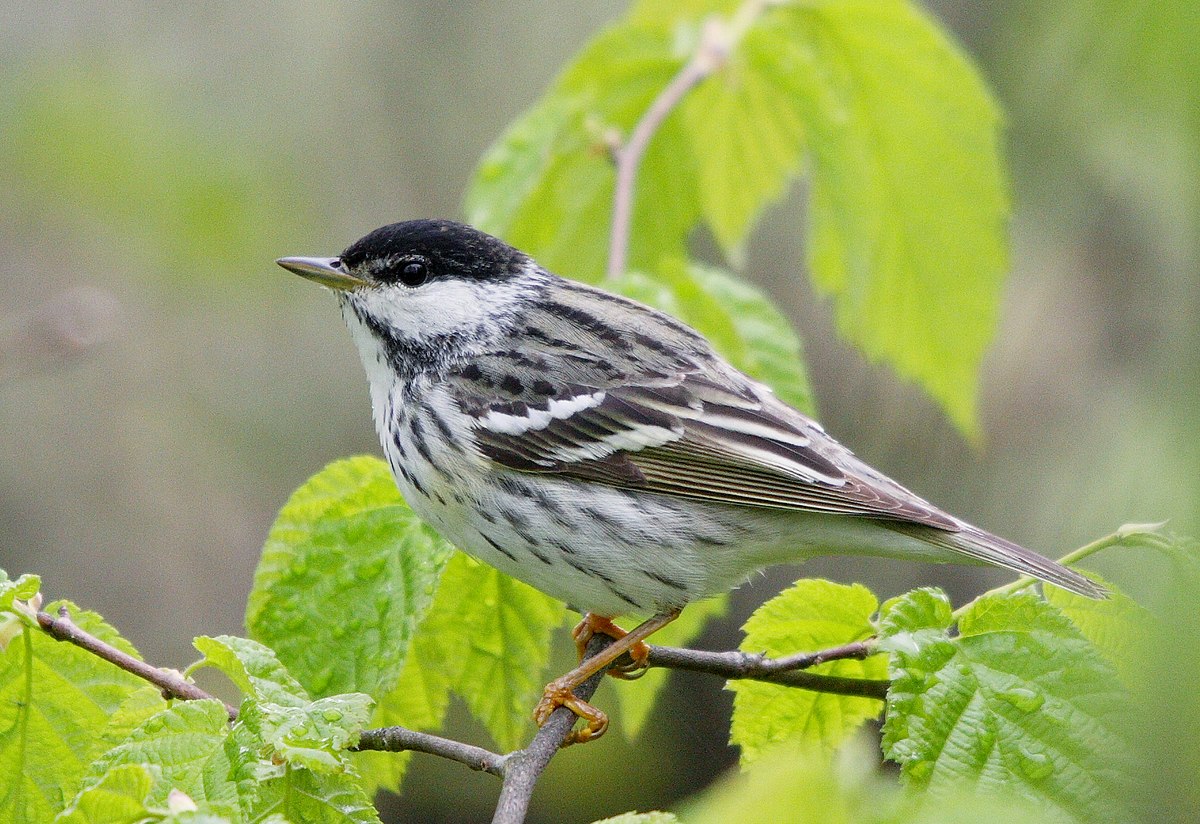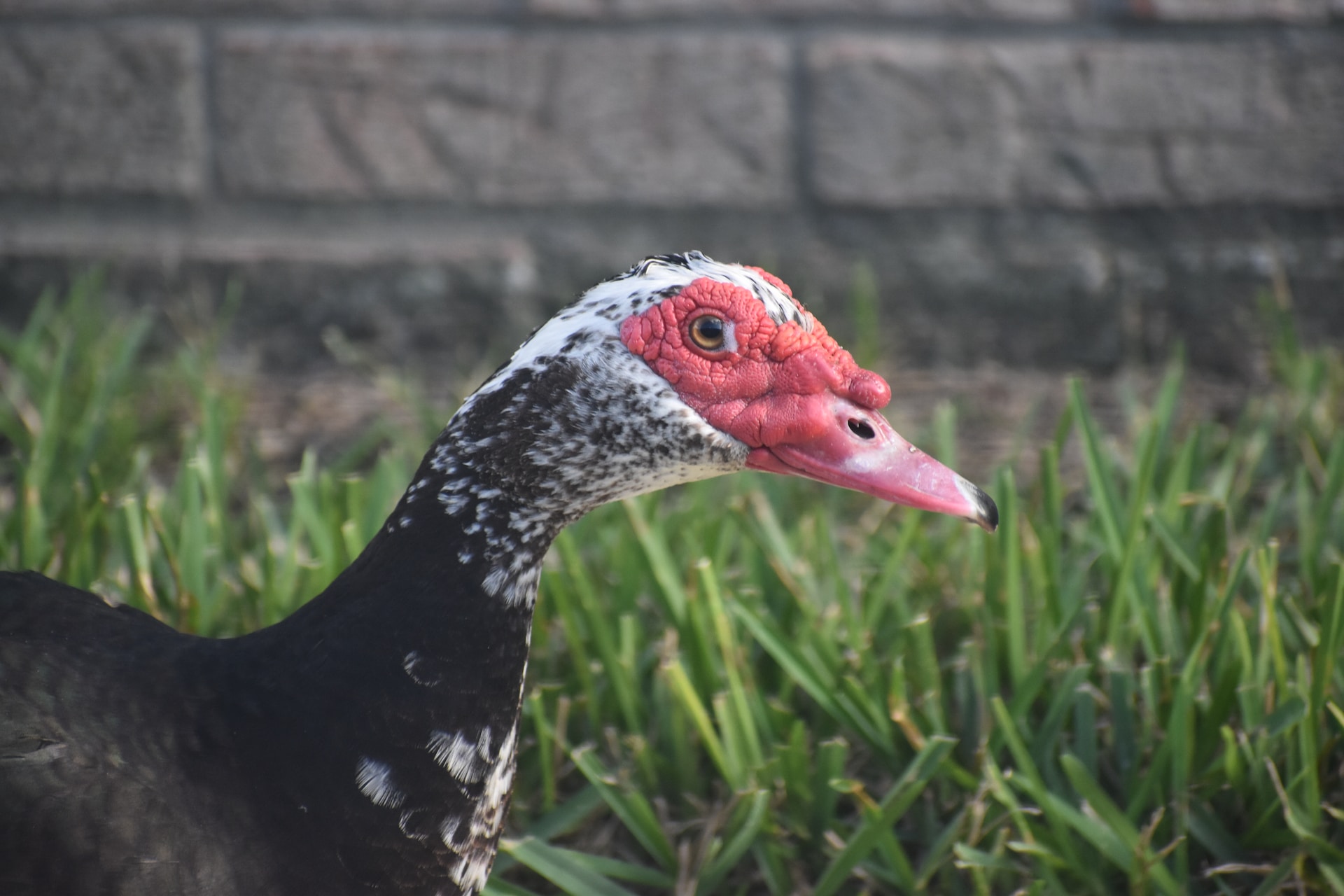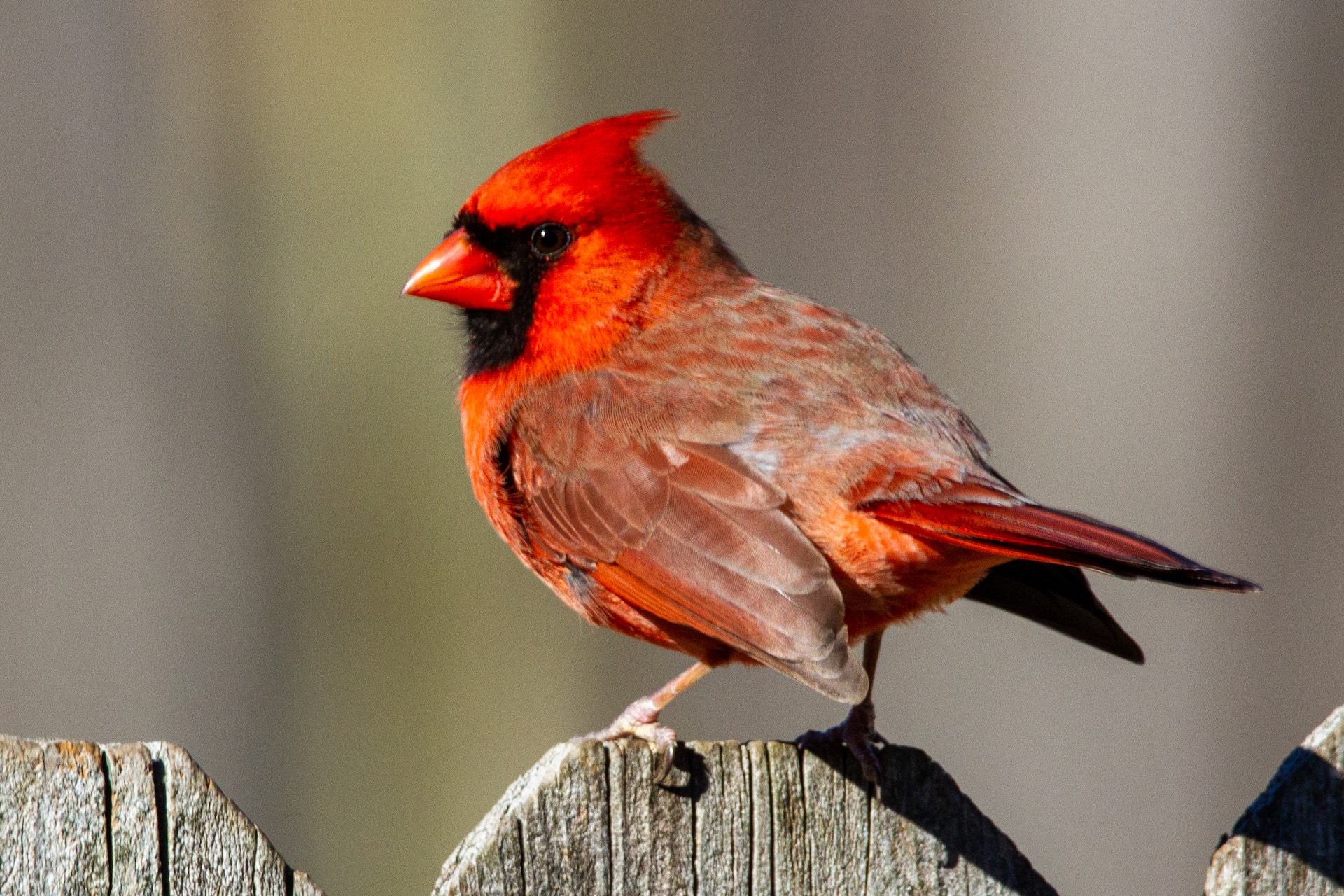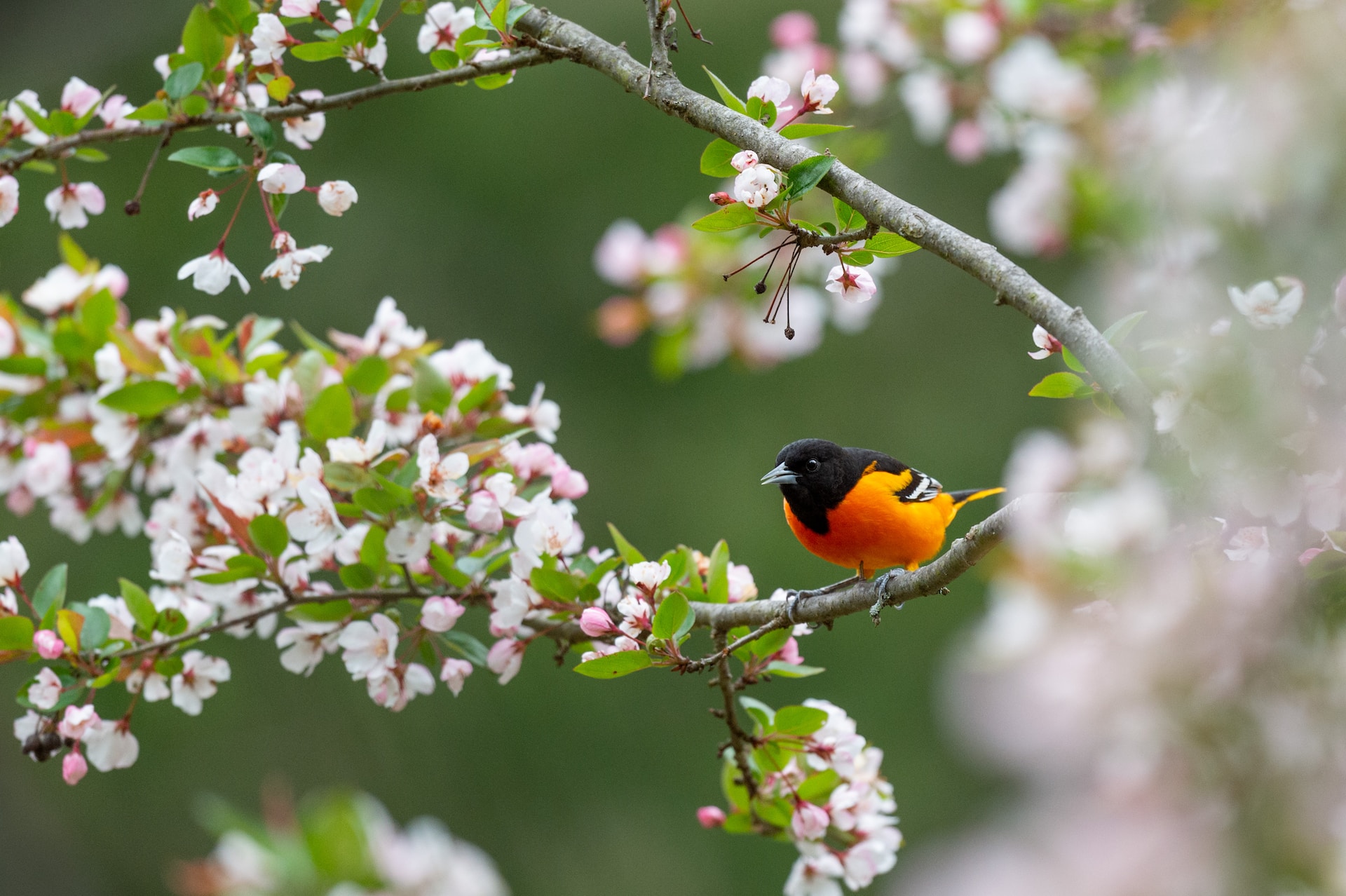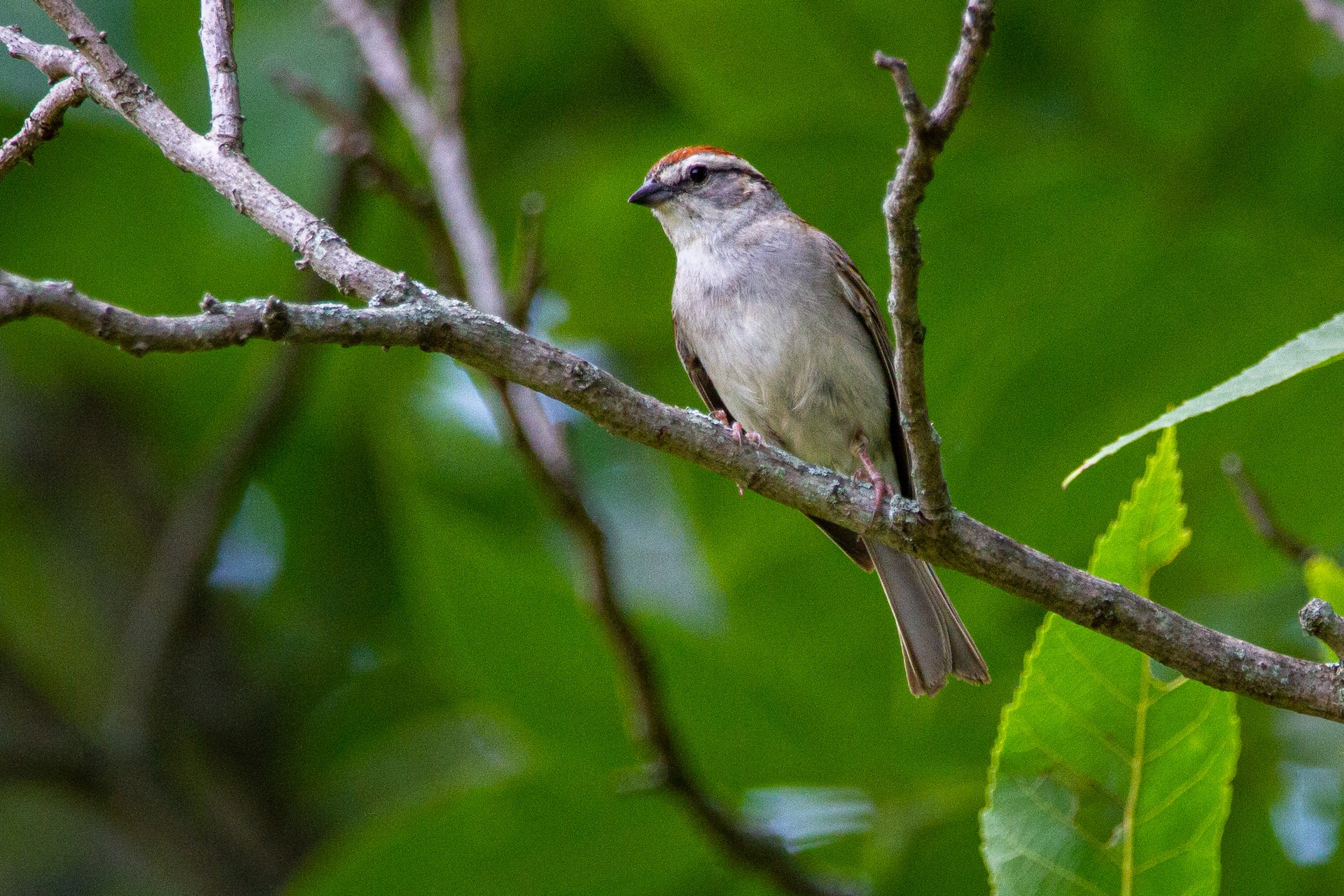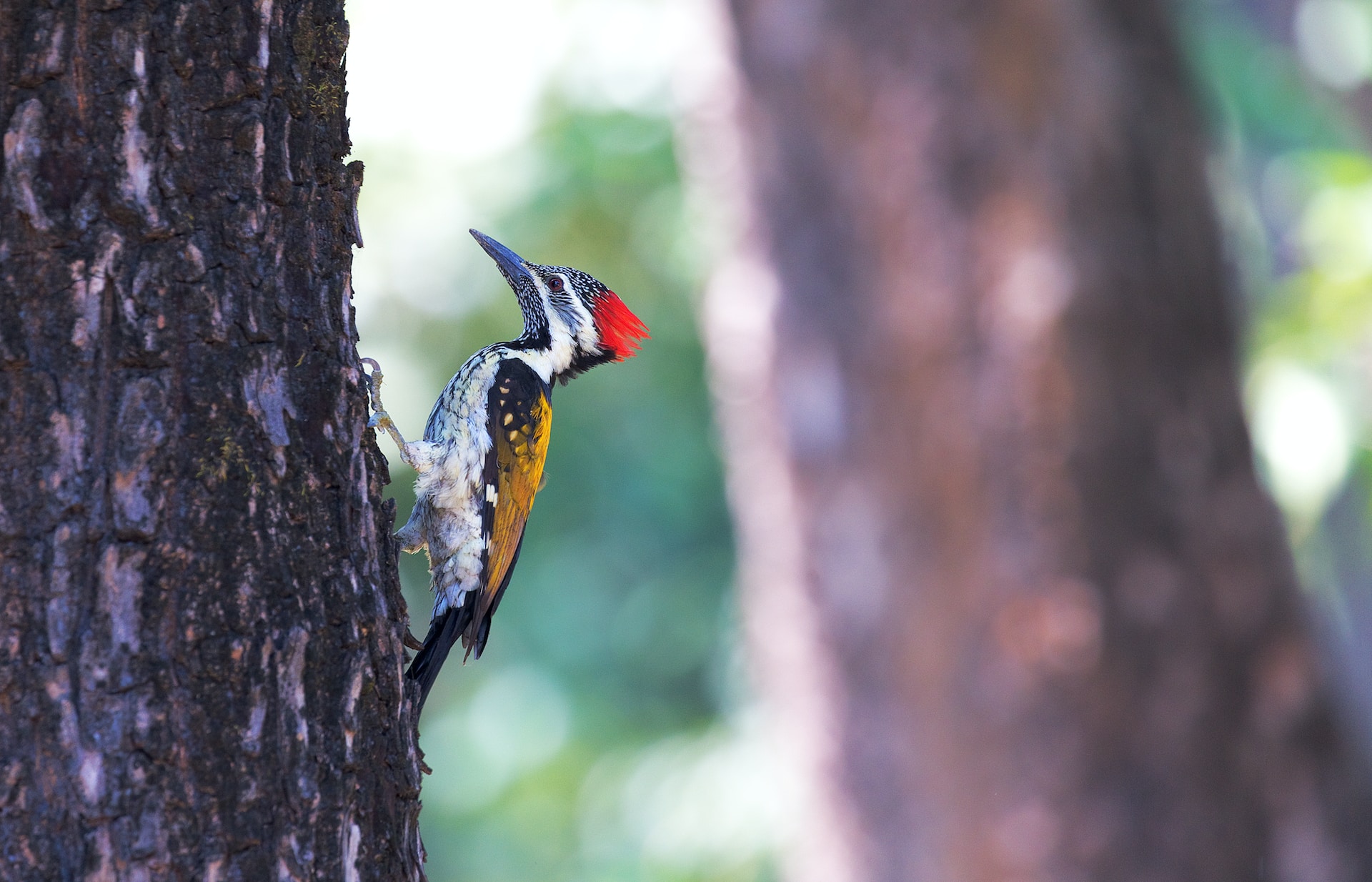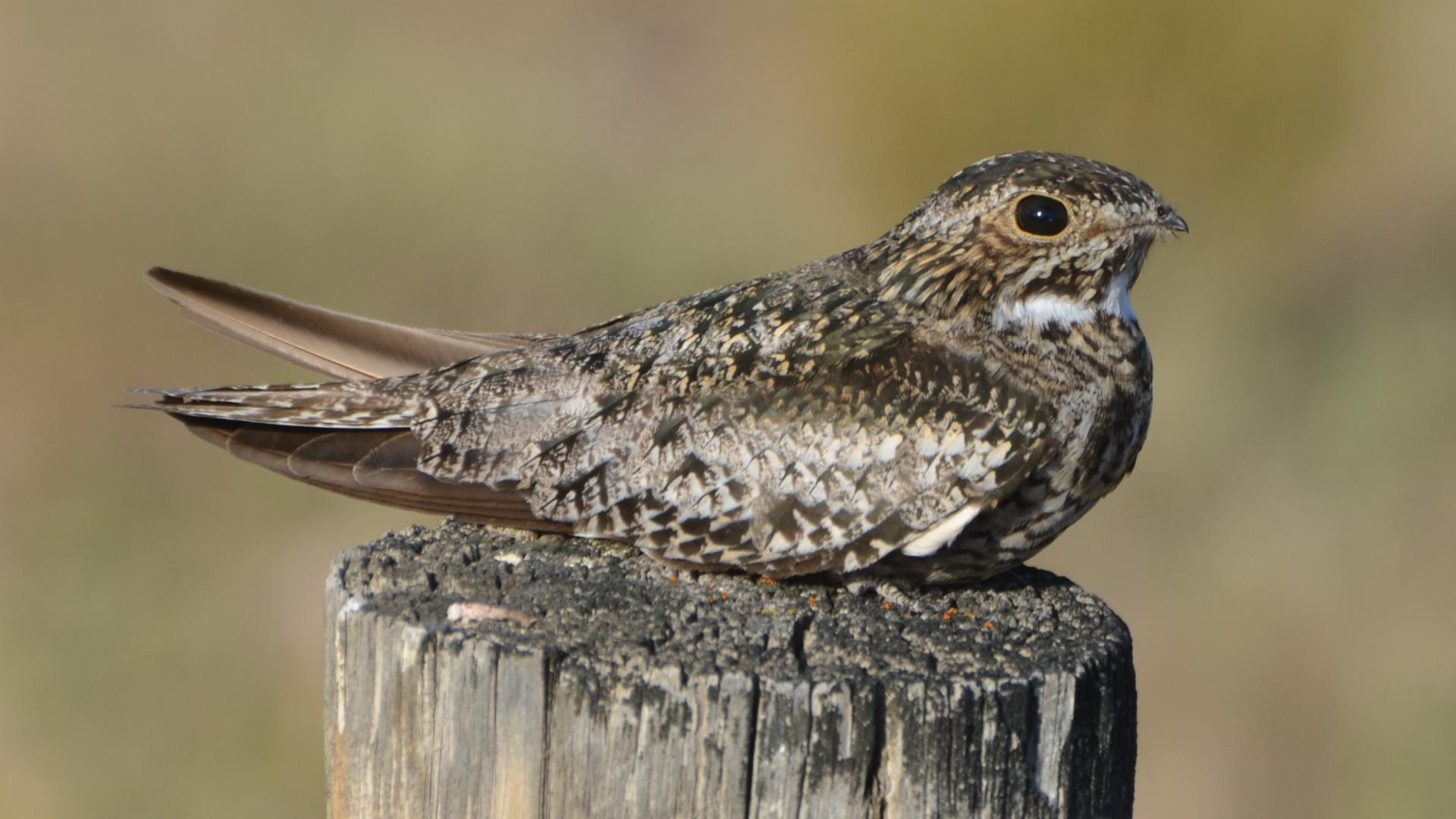Do Birds Eat Mosquitoes? Unveiling Nature's Pest Control
Mosquitoes are those pesky bugs that can drive you crazy when you're in your backyard or garden. As we delve into the question, "Do Birds Eat Mosquitoes?" we will uncover the fascinating ways in which birds contribute to nature's own pest control system, shedding light on their vital role in helping to keep mosquito populations in check.
Author:Maya ReyesReviewer:Sophia HarperOct 11, 202346.6K Shares790K Views
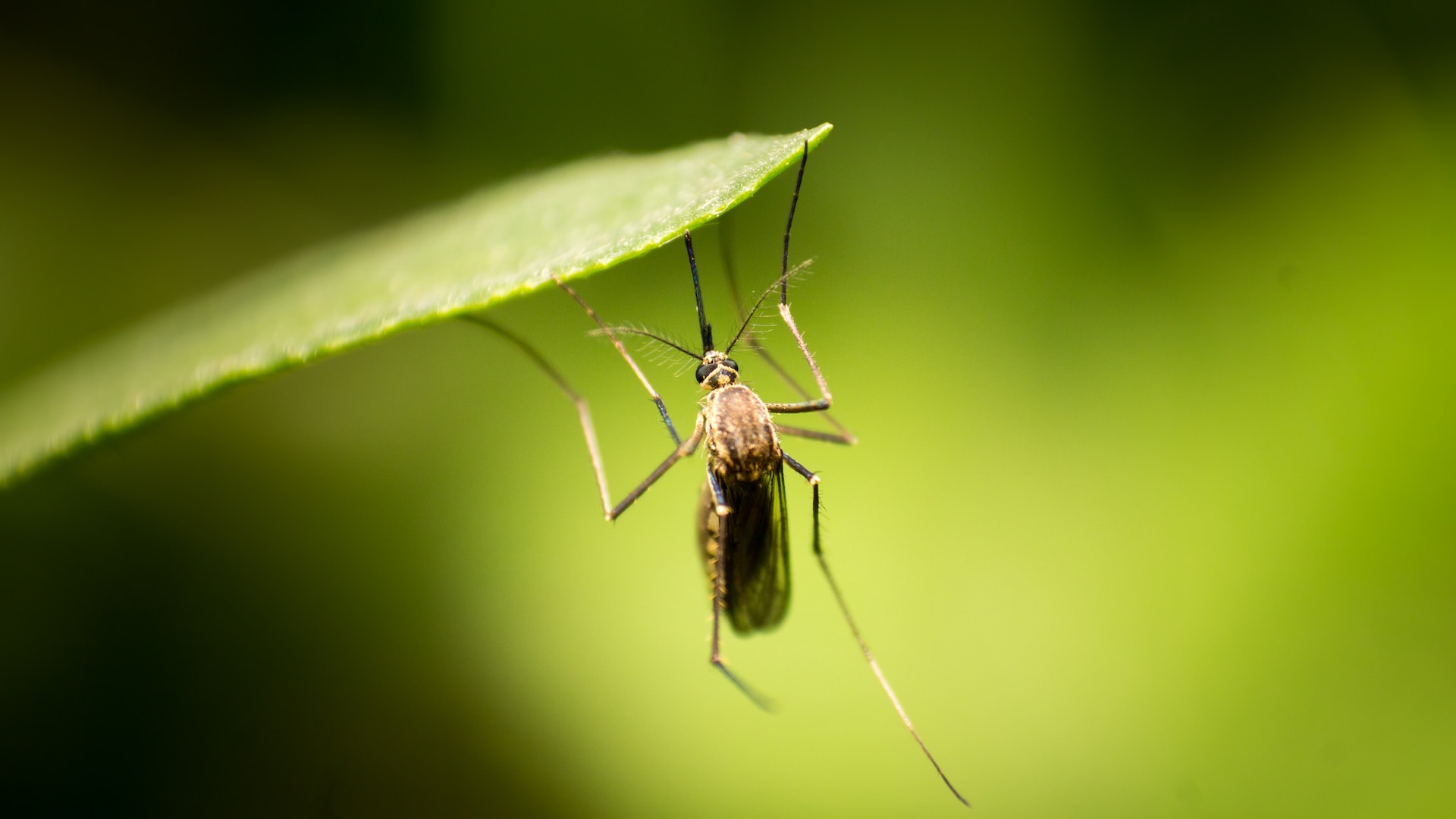
Mosquitoes are those pesky bugs that can drive you crazy when you're in your backyard or garden. You know the feeling when you've been outside for a while, and then you realize you've been bitten all over by these little insects? It's not just annoying; some mosquitoes can even make you sick with dangerous diseases.
Now, while you can try various ways to reduce the number of mosquitoes around, sometimes it can feel like a never-ending fight. But here's the good news: Mother Nature has a solution. She sends in some special bird helpers to deal with the mosquito problem.
As we delve into the question, "Do Birds Eat Mosquitoes?" we will uncover the fascinating ways in which birds contribute to nature's own pest control system, shedding light on their vital role in helping to keep mosquito populations in check.
Which Birds Eat Mosquitoes?
When the insect population in your home becomes increasingly problematic, it may be a good idea to introduce birds that prey on mosquitoes and other flying insects. Birds are natural predators of various outdoor pests such as flying ants, mosquitoes, flying insects, dragonflies, and bugs.
It's important to identify the specific avian species you can rely on for mosquito control. Several birds can effectively address your mosquito problem, including purple martins, members of the swallow family, and others. Let's take a closer look at some of them.
Bluebird
The word "bluebird" refers to three types of songbirds in the thrush family. These birds are the mountain bluebird, western bluebird, and eastern bluebird. You can find them all across North America, including the United States, Mexico, Canada, and Central America. Bluebirds are quite famous in books, movies, and traditions, and many people love them.
These birds are medium-sized and have blue or blue and beige feathers. Most of them like to live in areas with lots of open grass and not too many trees. They can be very protective of their territory and make their nests in holes in trees or special boxes people put up for them.
In recent years, their numbers have gone down because other birds like house sparrows and starlings are taking their homes. Besides mosquitoes, bluebirds also eat many different kinds of insects and really like baby insects called mealworms. When they can't find enough insects, they will snack on fruits and berries.
Barn Swallow
The barn swallow, belonging to the family Hirundinidae, is a highly widespread species of swallow found on every continent except Antarctica. Due to its ubiquity, it's often simply referred to as the "swallow." These birds breed in the Northern Hemisphere and migrate to the Southern Hemisphere for the winter months. Barn swallows construct cup-shaped nests in diverse environments, including grasslands, woodlands, and urban areas, and they are known for their preference to nest in human structures like barns.
Typically, barn swallows measure approximately 6.7 to 7.5 inches in length, with a wingspan ranging from 12.6 to 13.6 inches. They exhibit striking blue and white underparts, a blue back and tail, and feature reddish-brown markings on their forehead, chin, and throat. In addition to mosquitoes, barn swallows also consume various other winged insects, including flies and ants, which they capture either in midair or on the ground.
Eastern Phoebe
The Eastern Phoebe is a small bird that's part of the flycatcher family. Its name "Phoebe" comes from an old story and also sounds like its song. During summer, it lives in the eastern parts of Canada and the United States. When the weather gets cold, it flies south to places like the southern U.S. and Mexico.
These birds are about 5.5 to 6.7 inches long and have a wingspan of 10.2 to 11 inches. They usually have gray-brown feathers on their back, a white throat, and a grayish breast. They build nest cups in different places, like forests, cities, and open areas near water. Eastern Phoebes eat insects, especially mosquitoes, but if they can't find insects, they also eat fruits and berries, especially in the winter.
Purple Martin
The purple martin is the largest swallow in North America. It's like a cousin to the barn swallow because they're in the same bird family called Hirundinidae. The bird's name comes from its dark bluish-black color, which can look a bit purple in the right light. In the summer, you can find them in the eastern and southwestern parts of the United States, as well as in some parts of Canada and Mexico. But when winter comes, they fly all the way to South America.
Purple martins are usually about 7.5 to 7.9 inches long and have wings that span from 15.3 to 16.1 inches. They make their homes in holes, like in birdhouses, gourds, or hollowed-out trees. These birds are known for their loud and full songs, but they're not very aggressive when it comes to protecting their territory from other birds.
They like to eat mosquitoes and other insects, especially bees. Purple martins are incredibly skilled at flying, and they put on impressive shows in the sky as they swoop and dive to catch their food. Bird watchers really enjoy watching them do this.
Blackpoll Warbler
The blackpoll warbler is a small bird that belongs to the family of wood-warblers. During the summer, you can find them in Alaska and most parts of Canada. But when winter comes, they fly all the way to South America, and they have one of the longest non-stop flights over the ocean among all songbirds.
These birds are called blackpoll warblers because they have black and white colors on their foreheads and crowns, and they make high-pitched sounds. They have black and white feathers with white bars on their wings and streaky patterns on their bellies. They usually live in high places, like mountains with forests or scrubby areas. Some also live near the coast, in open land, or in pine tree forests.
Blackpoll warblers mostly eat insects, including mosquitoes, as well as webworms, ants, gnats, aphids, spiders, and sawflies. When they're looking for food, they fly around tree branches and hover over the ground until they find something to eat.
Muscovy Duck
The Muscovy duck is a type of duck that can be found in North and South America, both in the wild and on farms. Native Americans originally raised these ducks in South America, and now there are groups of them living freely in places like Hawaii, Louisiana, Florida, and a few other states.
In Spanish, they're called "pato casero," which means "backyard duck," and "pato mudo," which means "mute duck." The word "Muscovy" is an old term related to Moscow, a city in Russia. Some say this name came from a company that moved these ducks between the New and Old Worlds.
These ducks are quite big, with a length of up to 30 inches and a weight of nearly 15 pounds. They usually have black and white feathers and pink or red fleshy parts around their bill. Muscovy ducks eat a wide range of foods, not just mosquitoes. They like to munch on things like grass, fish, amphibians (like frogs and salamanders), reptiles, crustaceans (like crabs), and insects.
Northern Cardinal
Northern Cardinals eat a variety of insects like mosquitoes, bugs, dragonflies, snails, stink bugs, beetles, leafhoppers, and grasshoppers. They also like to munch on seeds, especially sunflower seeds.
Cardinals are beautiful birds with bright red feathers and a robust body. The good news is that it's easy to attract them to your home, and they can help keep mosquitoes in check.
Cardinals are great at getting rid of mosquitoes because they often come to places like bird feeders, bird baths, gardens, porches, and yards in the late afternoon. That's when mosquitoes become active and start bothering people.
Baltimore Oriole
The Baltimore Oriole is a bird that likes to eat insects. It's a migratory bird, which means its food preferences change with the seasons.
In the summer, Baltimore Orioles enjoy eating fruits and berries. But in the winter, they switch to eating mosquitoes, and they eat even more insects during the breeding season. Having these birds in your yard can help reduce the number of mosquitoes, making it more pleasant to take evening walks in your garden without being bothered by flies.
Chipping Sparrow
Chipping Sparrows are birds in North America that like to eat mosquitoes. They hang around places with water and trees, where they hunt for insects, including mosquitoes.
If you're having trouble with too many mosquitoes at home and the mosquito control services can't handle it, attracting chipping sparrows to your porch, yard, or garden is a good idea. They can help get rid of those pesky mosquitoes for you.
Woodpeckers
If you're curious about which birds eat mosquitoes, just pay attention to woodpeckers. Woodpeckers are famous for tapping on trees, but not everyone knows that they also eat insects, including mosquitoes.
To bring woodpeckers to your yard, you can plant a tree and set up birdhouses, bird feeders, and birdbaths. Make sure the birdhouses are in tall, dead trees to attract them.
Common Nighthawk
We should all enjoy watching nighthawks in the summertime as they skillfully catch and eat flying insects in the air above buildings, trees, and grassy areas. They're really good at nabbing mosquitoes with their wide mouths that have tiny bristles to help scoop up prey while flying. Their long, pointed wings and tails make them experts at flying and catching insects in mid-air.
How To Attract Birds To Your Home
The birds we talked about in this post are great for keeping mosquitoes under control. Birds like barn swallows, purple martins, and blackpoll warblers are really good at reducing the number of mosquitoes. So, it's important to invite these birds to your yard so they can eat those pesky mosquitoes.
Now, let's take a look at some ways to attract these birds to your property.
- Bird Feeder:Install a bird feeder in your yard, garden, porch, or by your window. Keep it filled with seeds that birds like to eat, and it's even better if the feeder has a roof to protect the food from rain.
- Bird Bath:Birds need water, so having a bird bath is a good idea. Find a nice spot for it, and make sure to change the water daily to keep it fresh. This helps birds stay clean and healthy.
- Dead Wood:Birds are attracted to dead wood because they think there might be insects inside. If you have mosquito problems in your yard, place some dead wood where the mosquitoes are. But if you can, use artificial dead wood to avoid more parasites.
- Fruit Trees and Shrubs:Birds like barn swallows and purple martins love fruits and insects. If you have fruit-bearing trees and flowering shrubs, it will attract these birds. If you don't have trees, you can put fruit on plates in areas where mosquitoes are common.
- Bird Houses:Purple martins and barn swallows like to build their nests in birdhouses. So, by putting up birdhouses in your yard, you can attract these mosquito-eating birds.
Make sure to remove any bat houses from your property because while bats sleep at night, birds can get scared by them during the day. Besides birds, you can also bring in Muscovy ducks if you have a pond, whether it's small or large.
These ducks are good at handling bigger insects. Having both birds and ducks on your property can help you effectively control various mosquito problems and enjoy a mosquito-free environment.
People Also Ask
What Is A Natural Mosquito Eater?
Dragonflies as well as being a natural predator of the mosquito are a fascinating and unique group of insects. Dragonflies are often referred to as "mosquito hawks" for their supposed ability to kill thousands of mosquitoes.
What Chickens Eat Mosquitoes?
Chickens and turkeys, both types of barnyard fowl, eat a wide variety of insects, including mosquitoes, grasshoppers, and Japanese beetles. They also enjoy ticks and flies, other nuisance insects that may attach themselves to you, your pets, or other livestock.
What Animal Kills The Most Mosquitoes?
But the most important fish predator, by far, is the Gambusia affinis, commonly known as the mosquito fish. This is probably the most effective predator of mosquito larvae and is used by many mosquito control agencies to augment their control efforts.
Conclusion
The question "Do birds eat mosquitoes?" reveals a compelling aspect of nature's intricate web of interactions. Birds, through their dietary choices and behaviors, offer us an invaluable form of pest control, particularly when it comes to combating mosquitoes. These feathered friends serve as a reminder of the interconnectedness of all living organisms and the profound impact that even the smallest creatures can have on the ecosystems they inhabit.

Maya Reyes
Author
Maya Reyes’s wanderlust was sparked in the temples of Luang Prabang, where the scent of lemongrass and the chants of monks revealed the transformative power of travel.
Since then, her journey has been defined by cultural immersion and authentic connections. From learning batik in Indonesia to sharing meals with nomadic families in Mongolia, Maya seeks experiences that highlight the human stories behind each destination.
Travel for her is a way to weave her narrative into the world’s cultural tapestry, creating bridges across diverse ways of life. Maya has traveled to 15 countries and shares her insights through writing and storytelling.

Sophia Harper
Reviewer
Sophia Harper’s photography acts as a portal to the soul of the places she visits. Drawn to South America’s landscapes and cultures, she has spent years capturing everything from the majesty of ancient ruins to the vibrancy of urban streets.
Sophia’s work isn’t just about documenting moments; it’s about evoking the emotions and stories behind them. A dedicated photographer, she has worked with local communities across South America to capture their rich cultural narratives through her lens.
Latest Articles
Popular Articles
